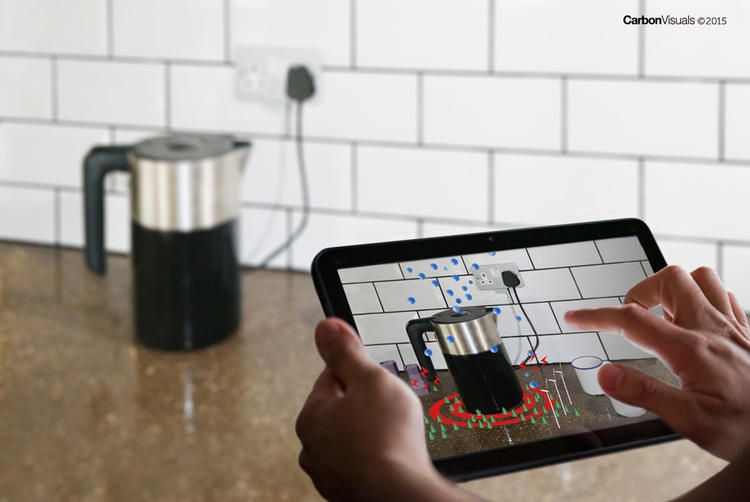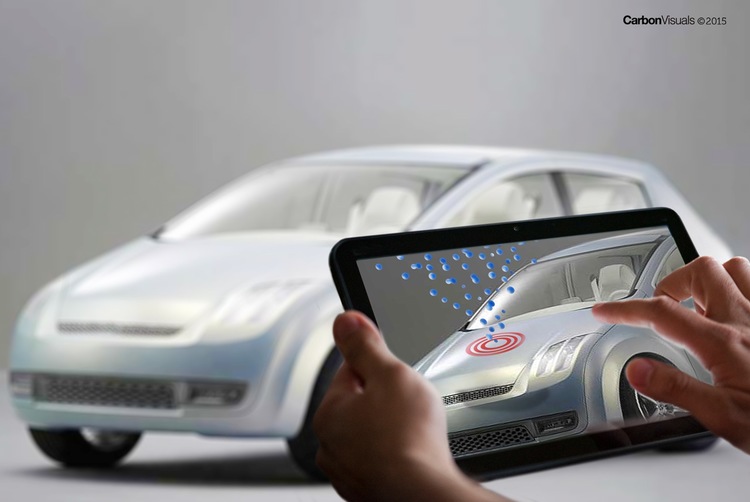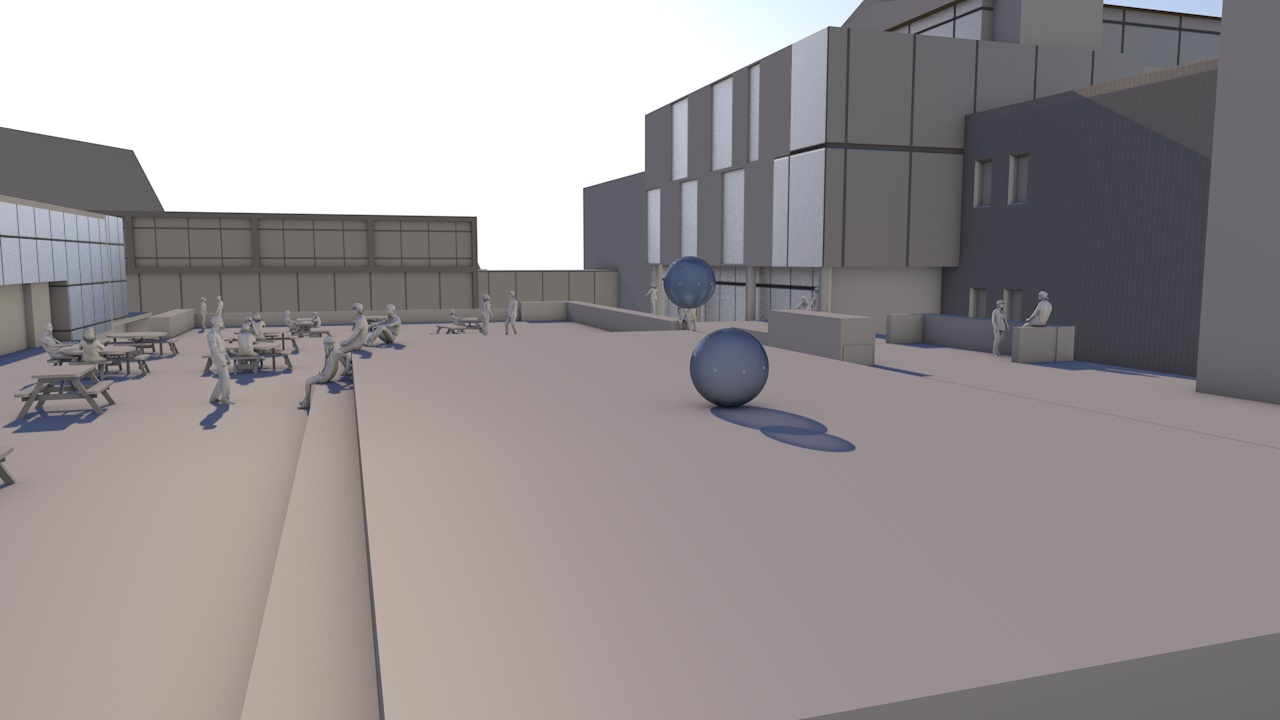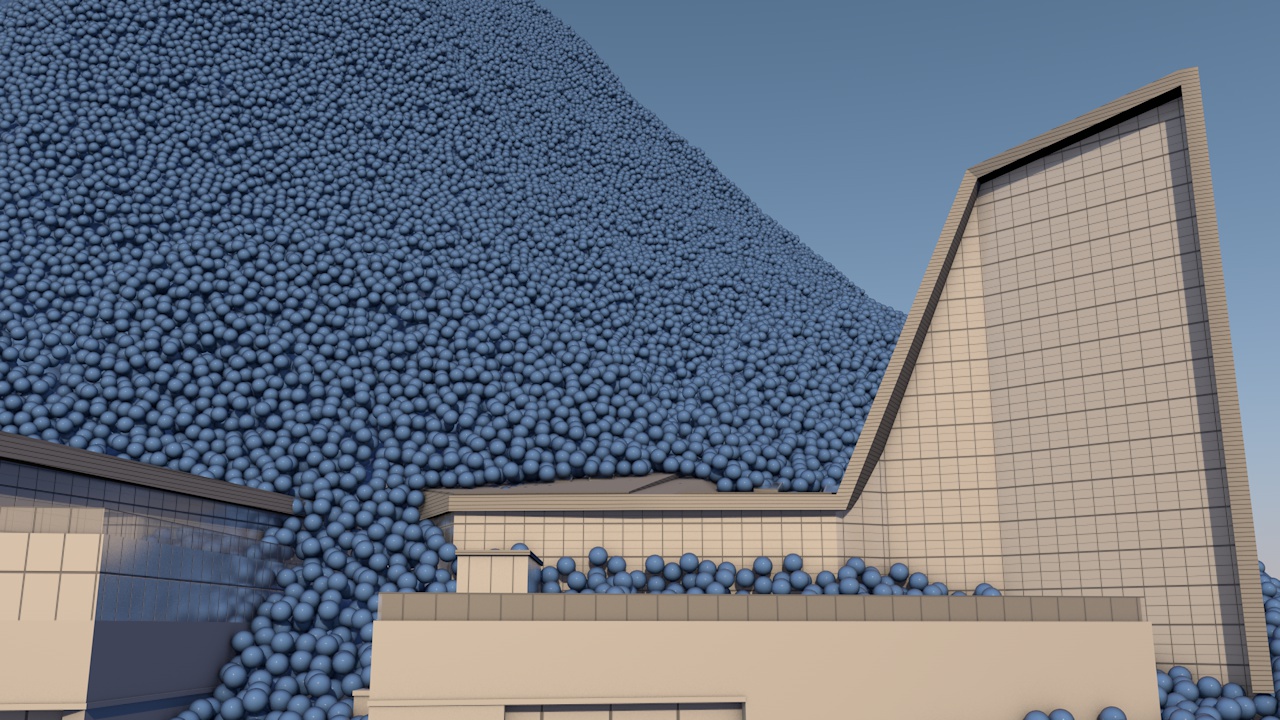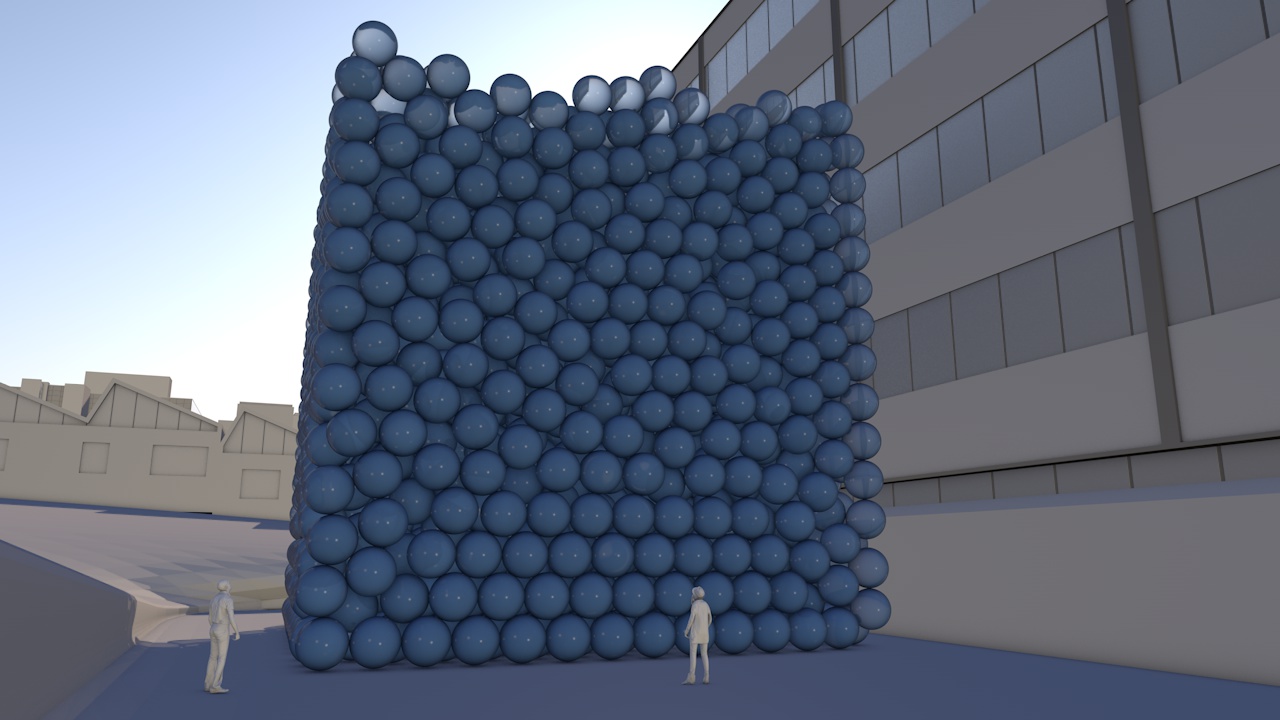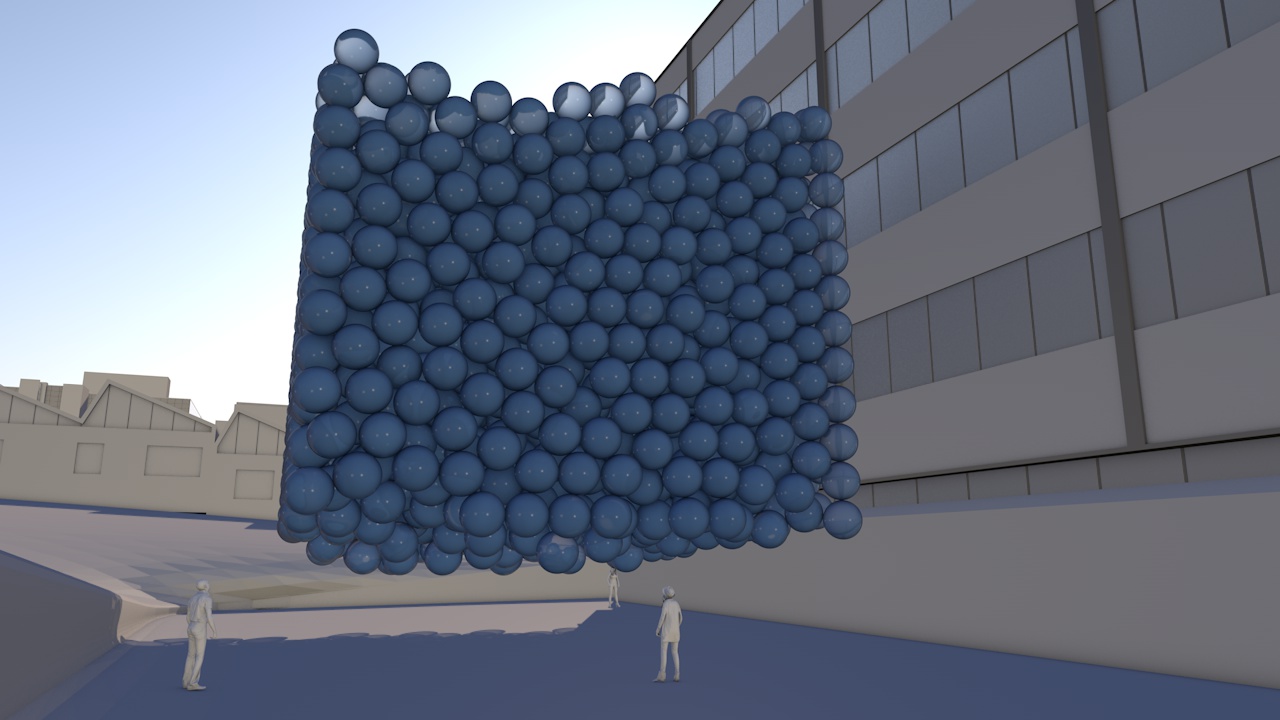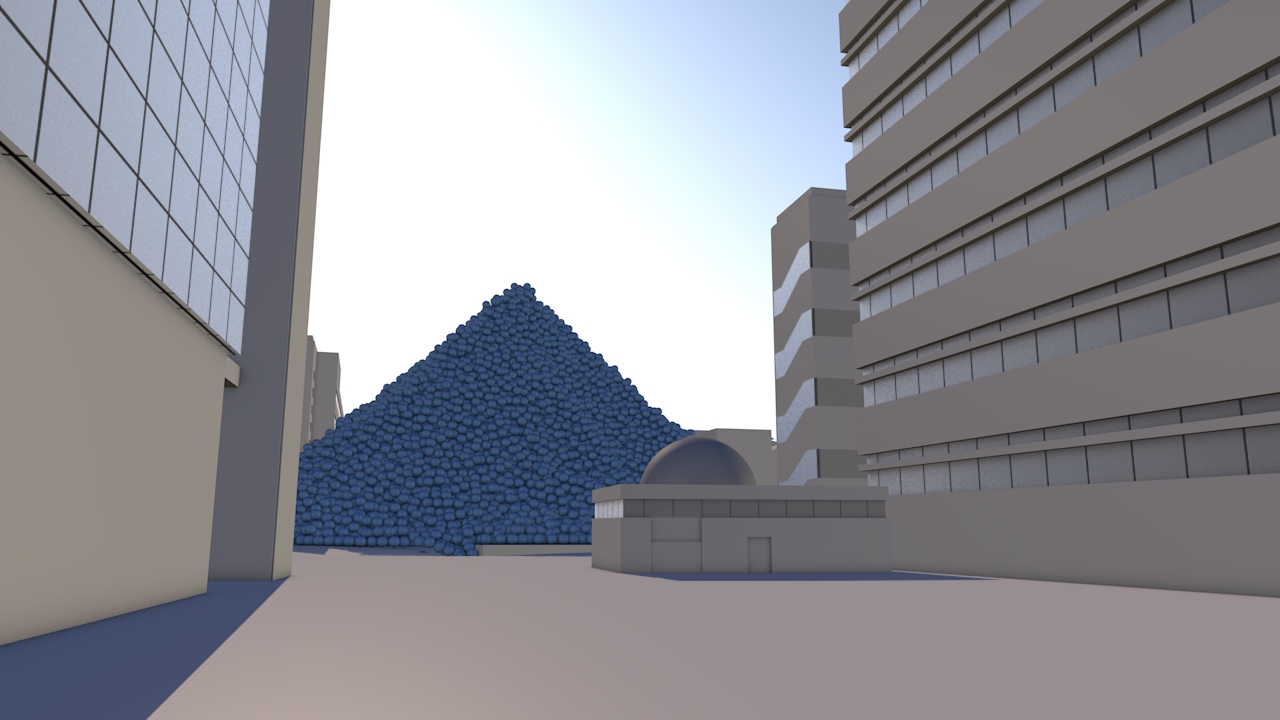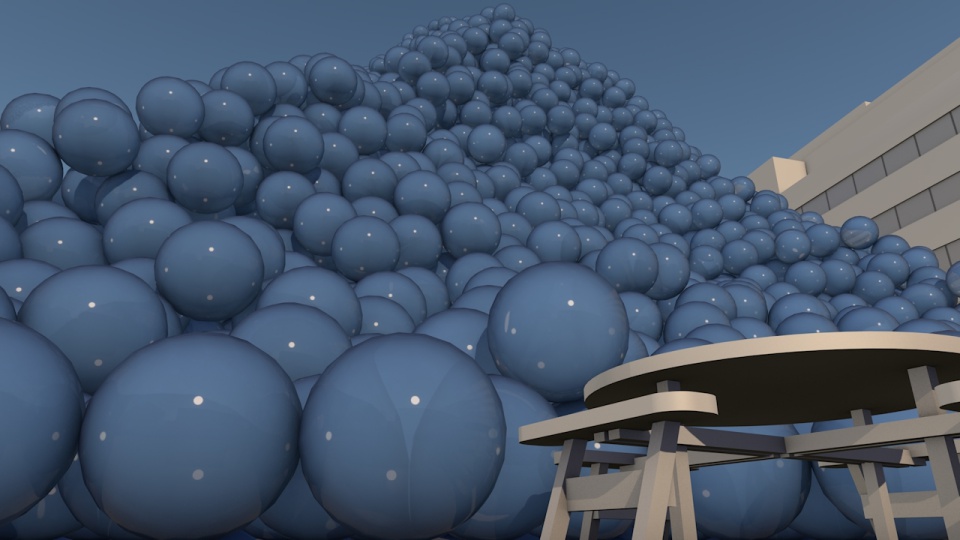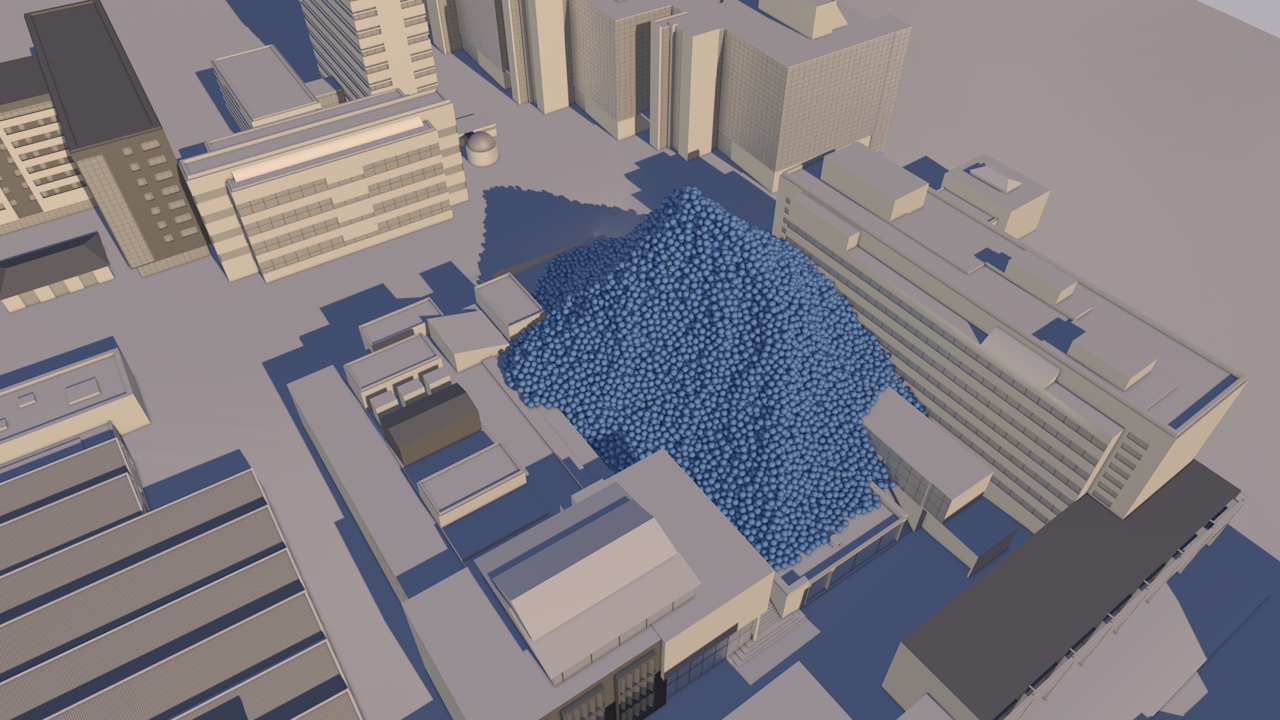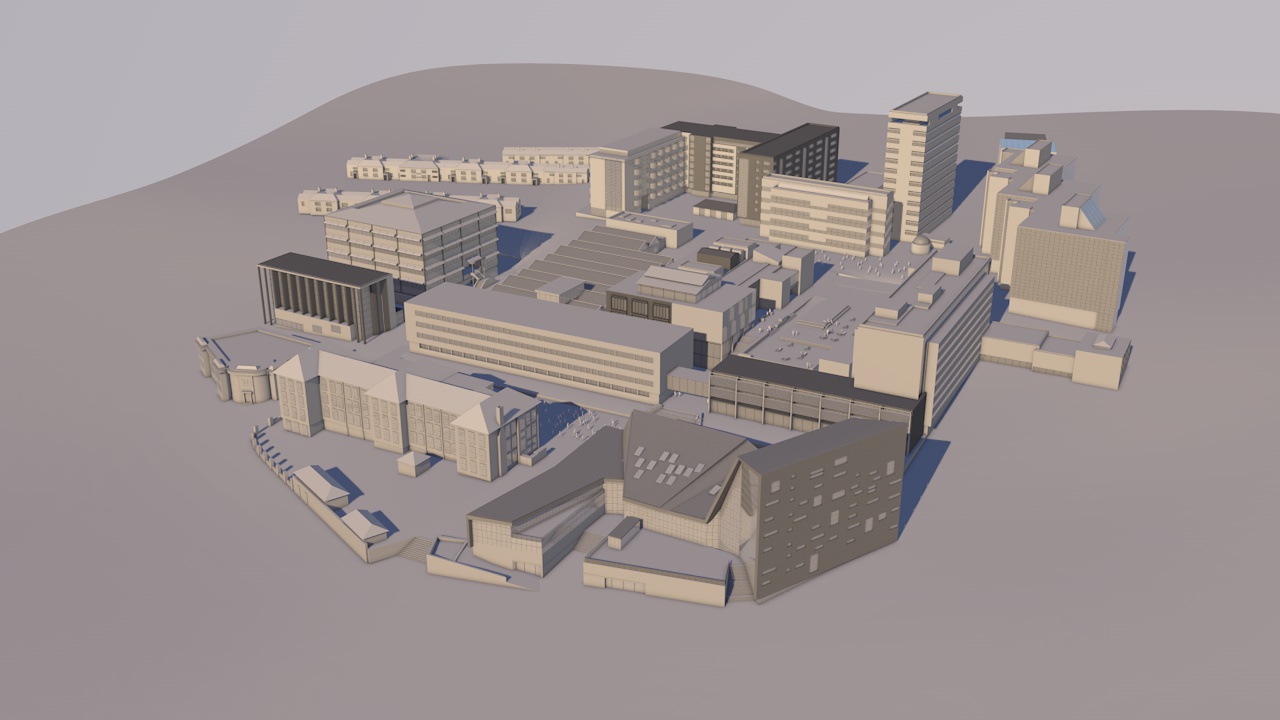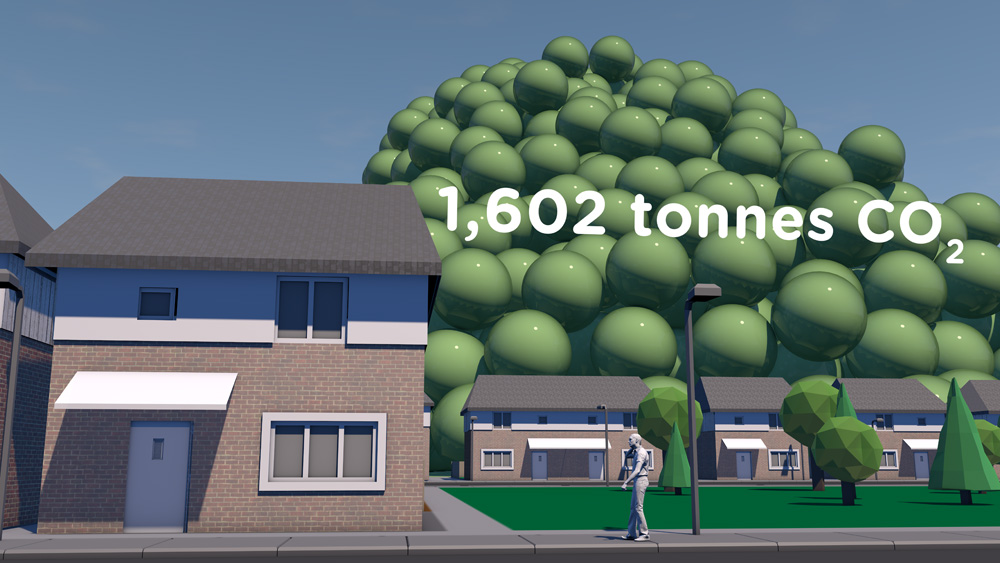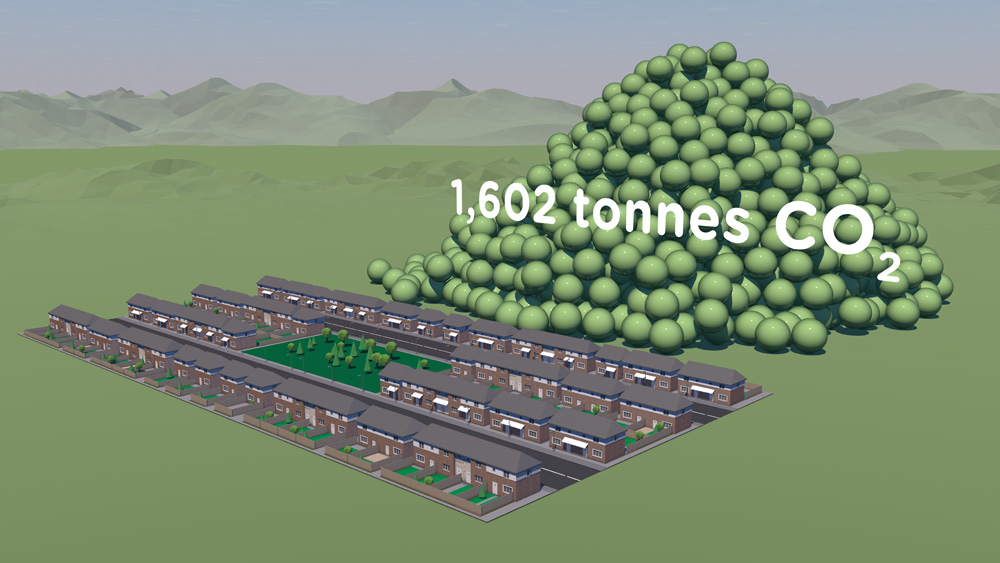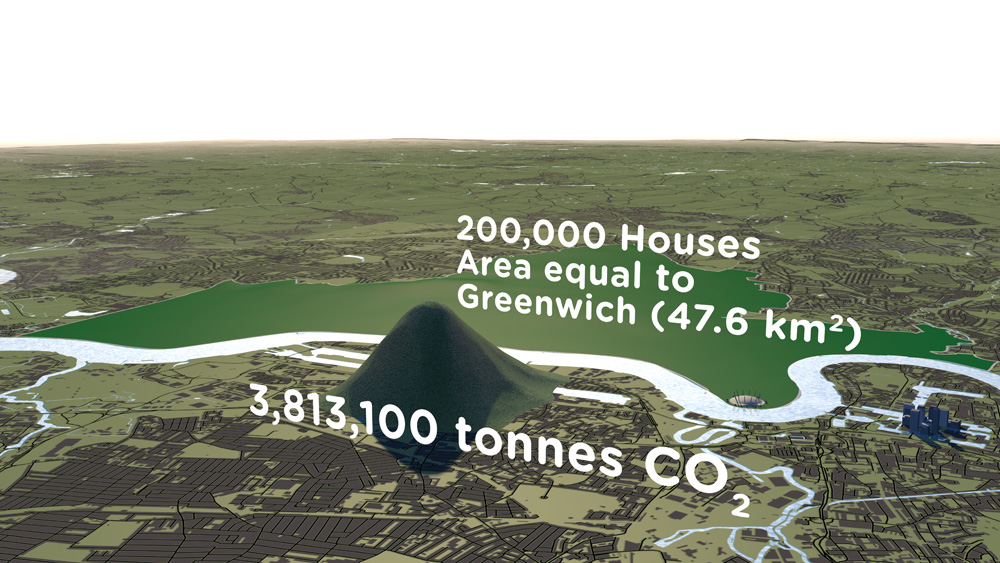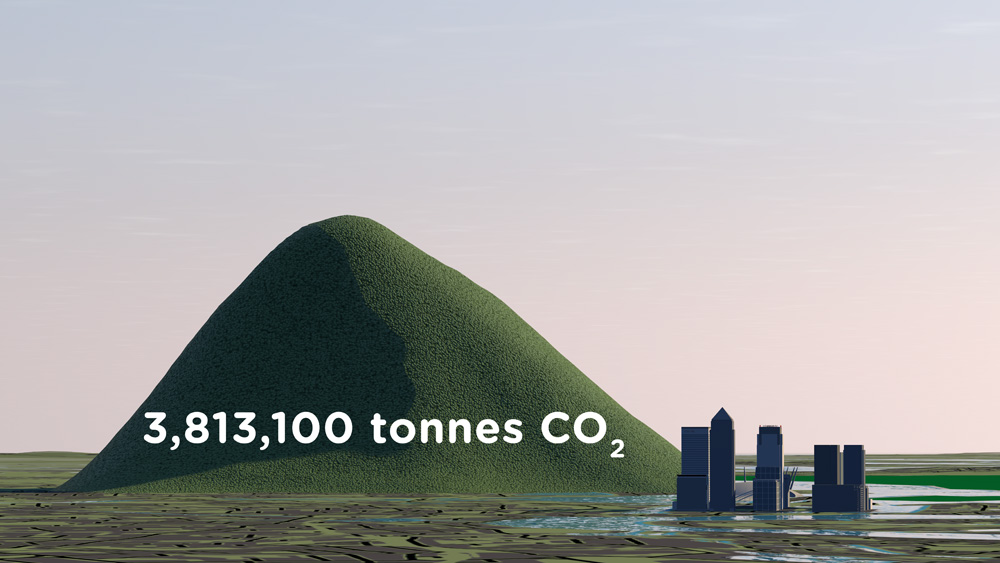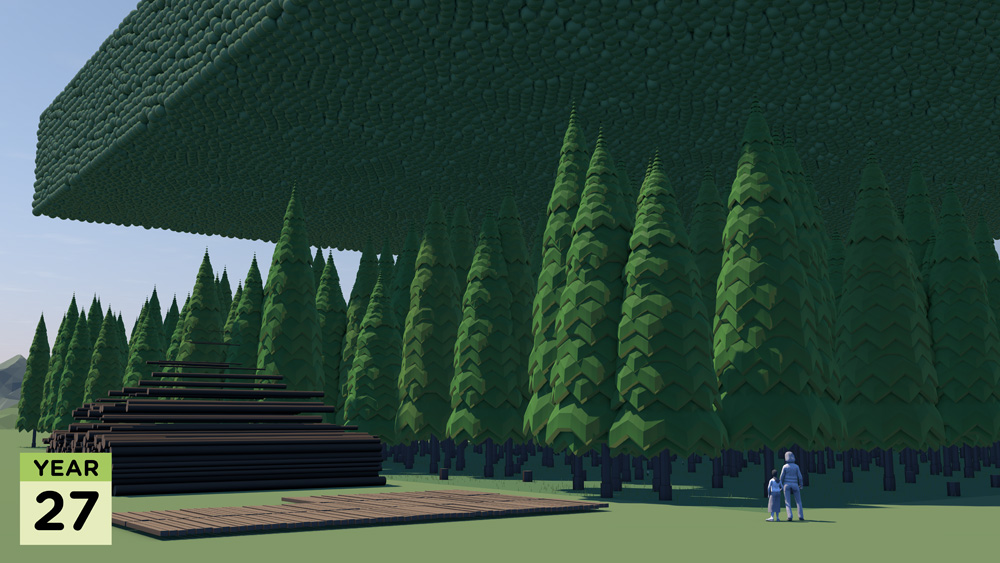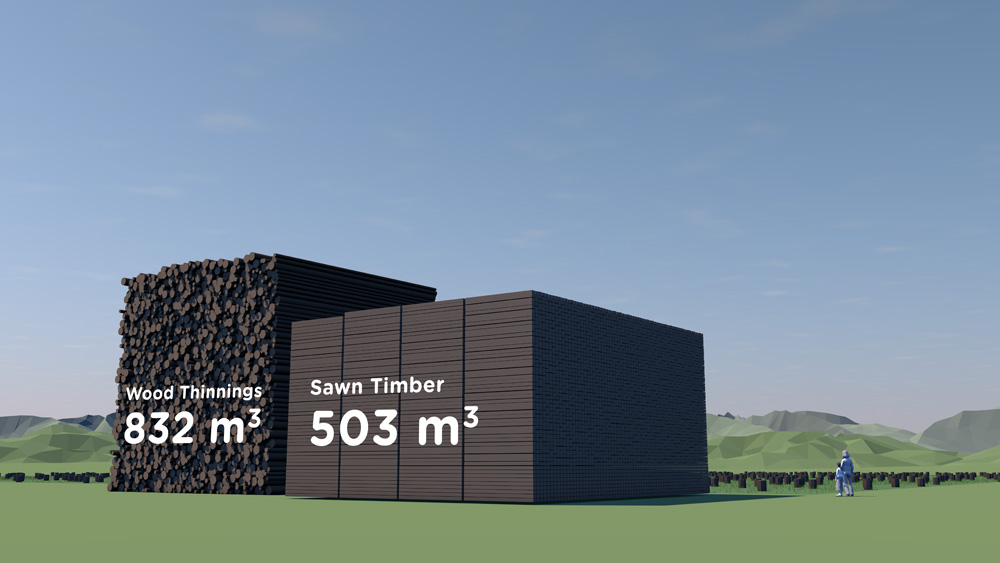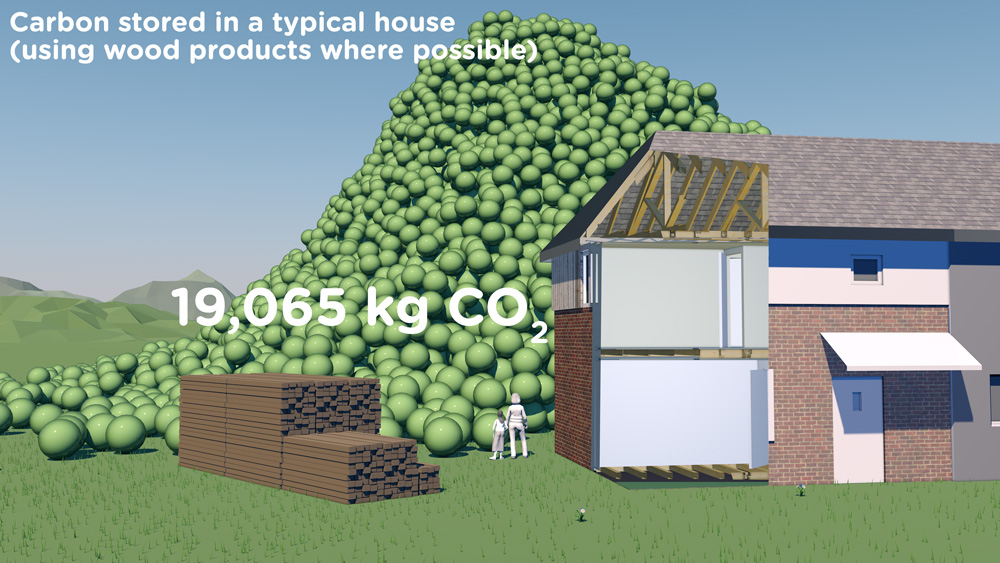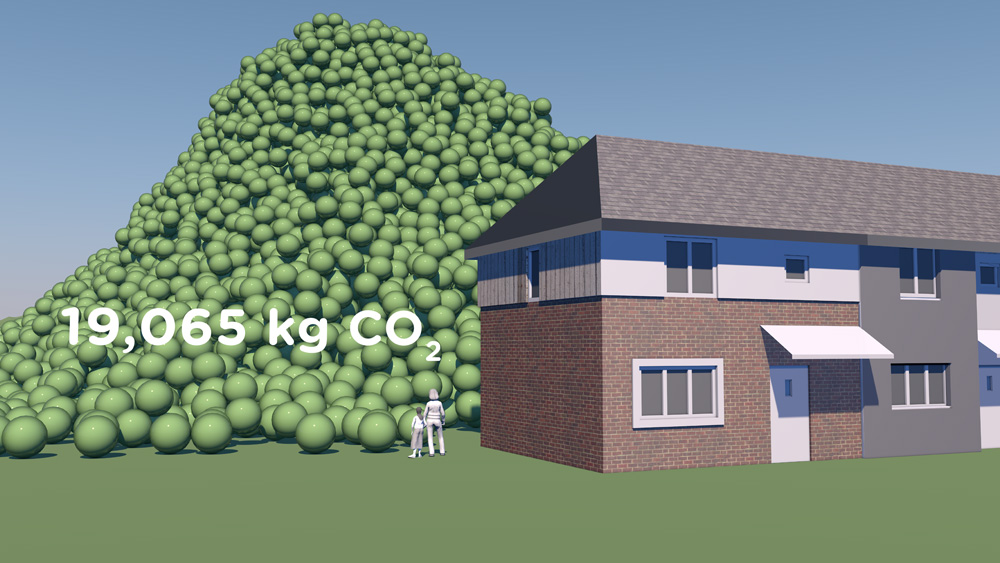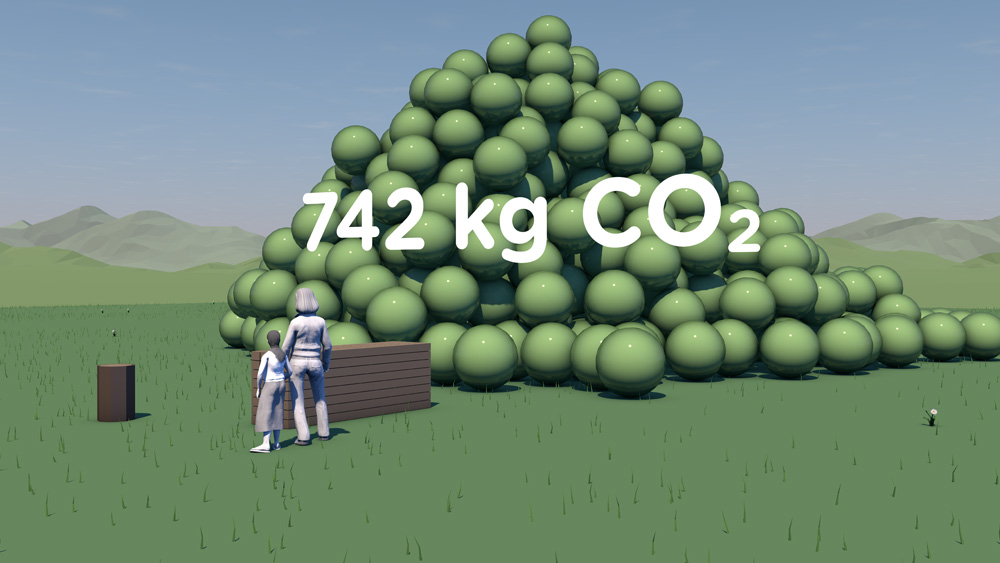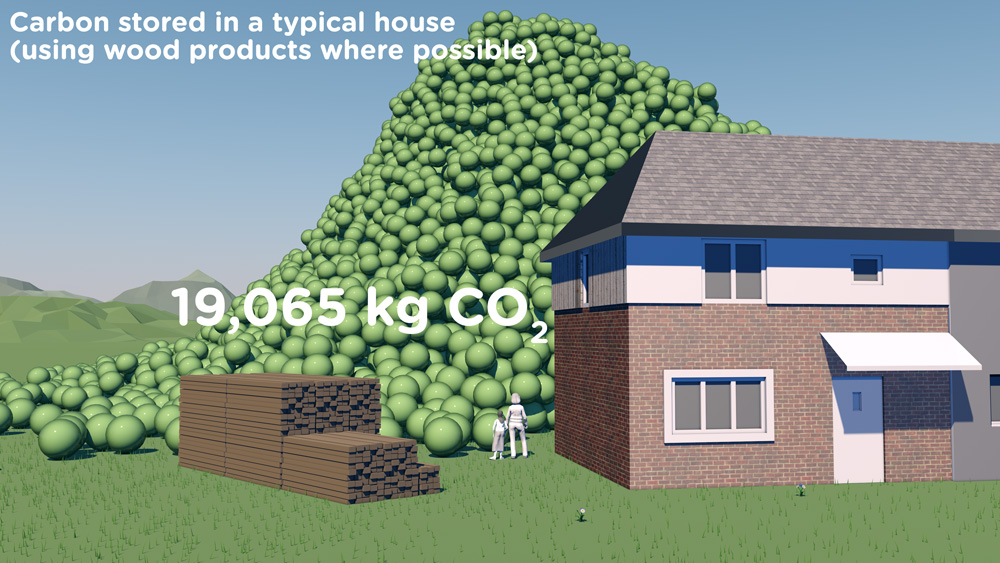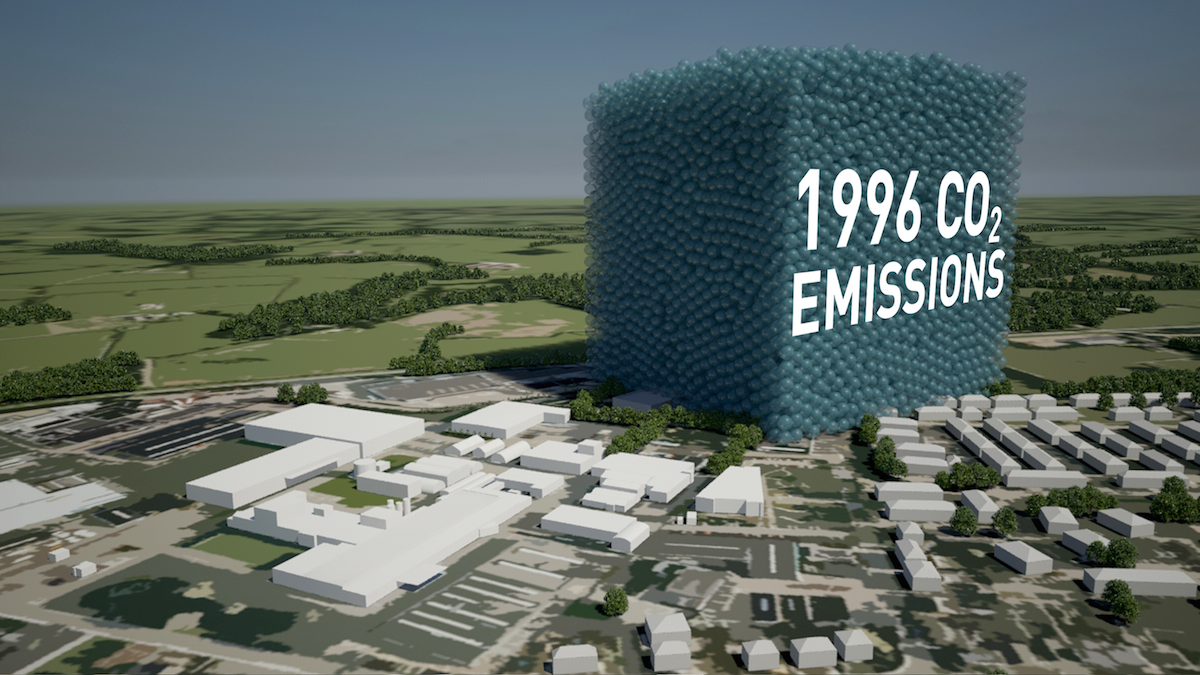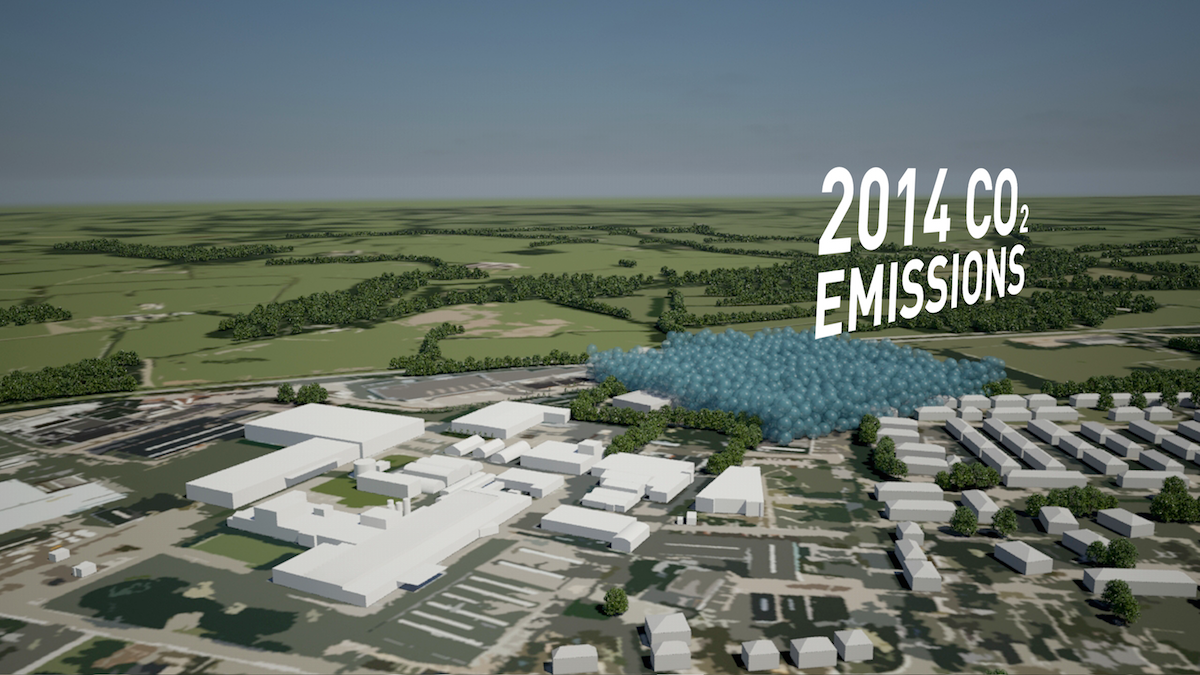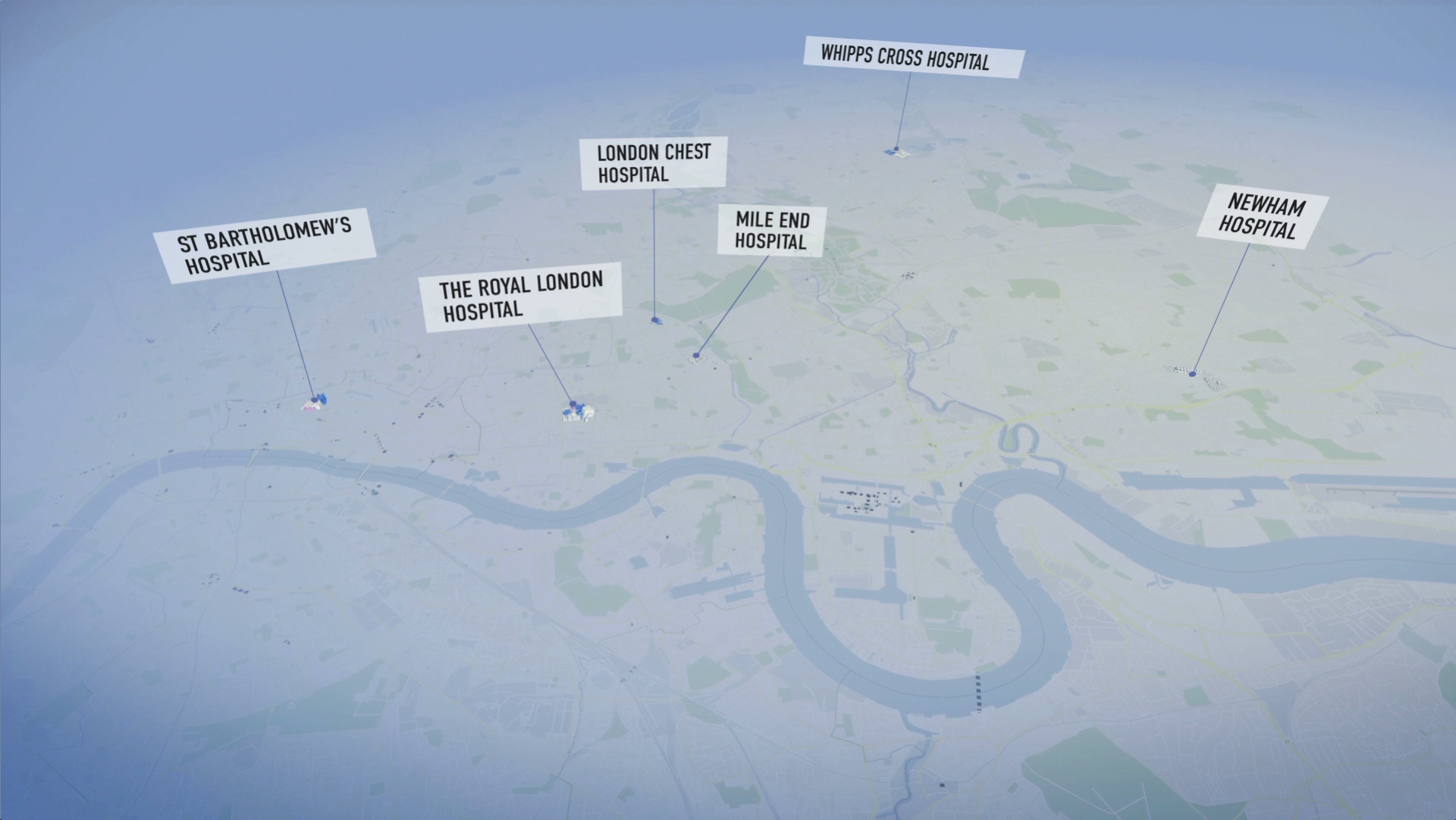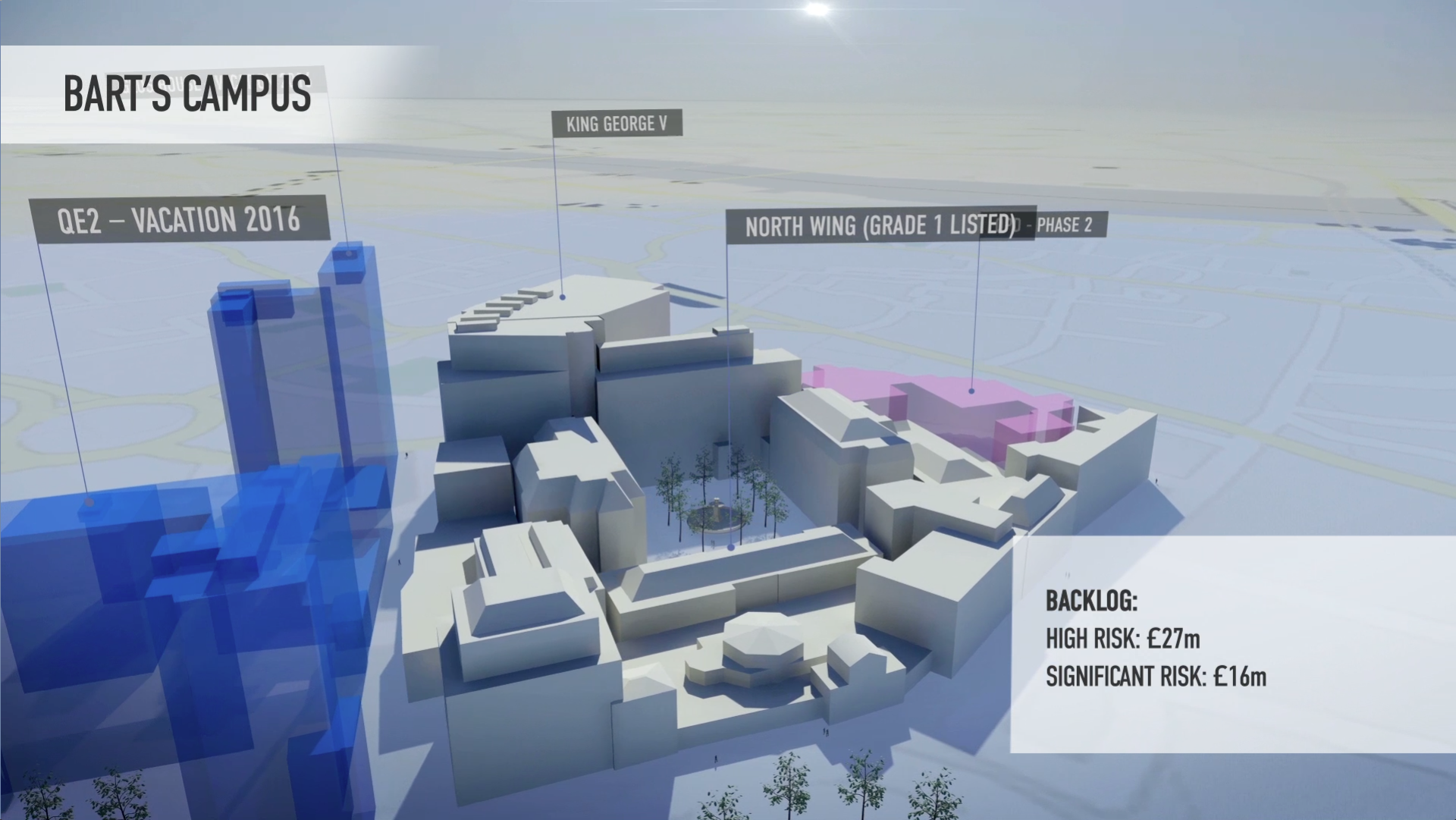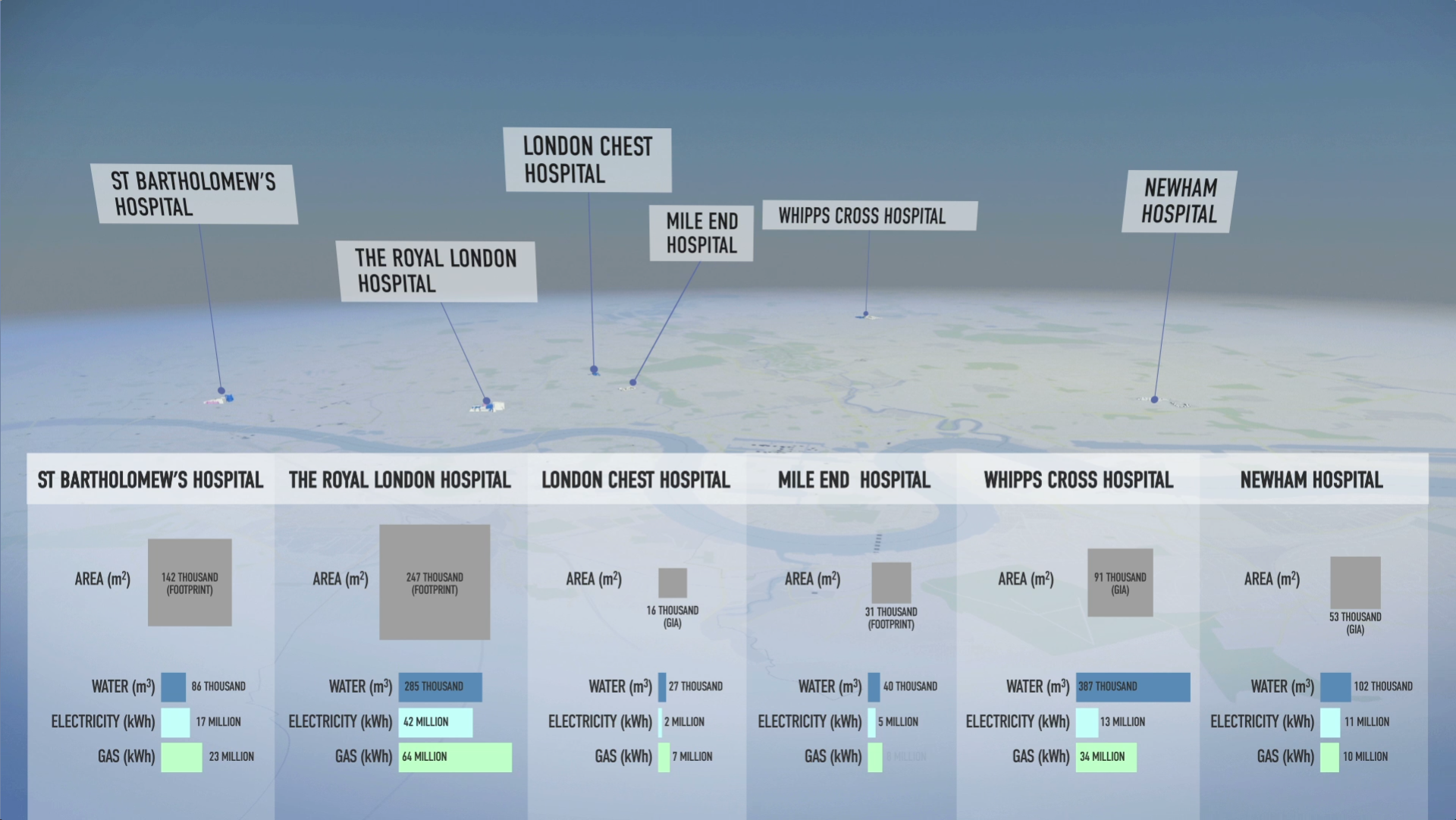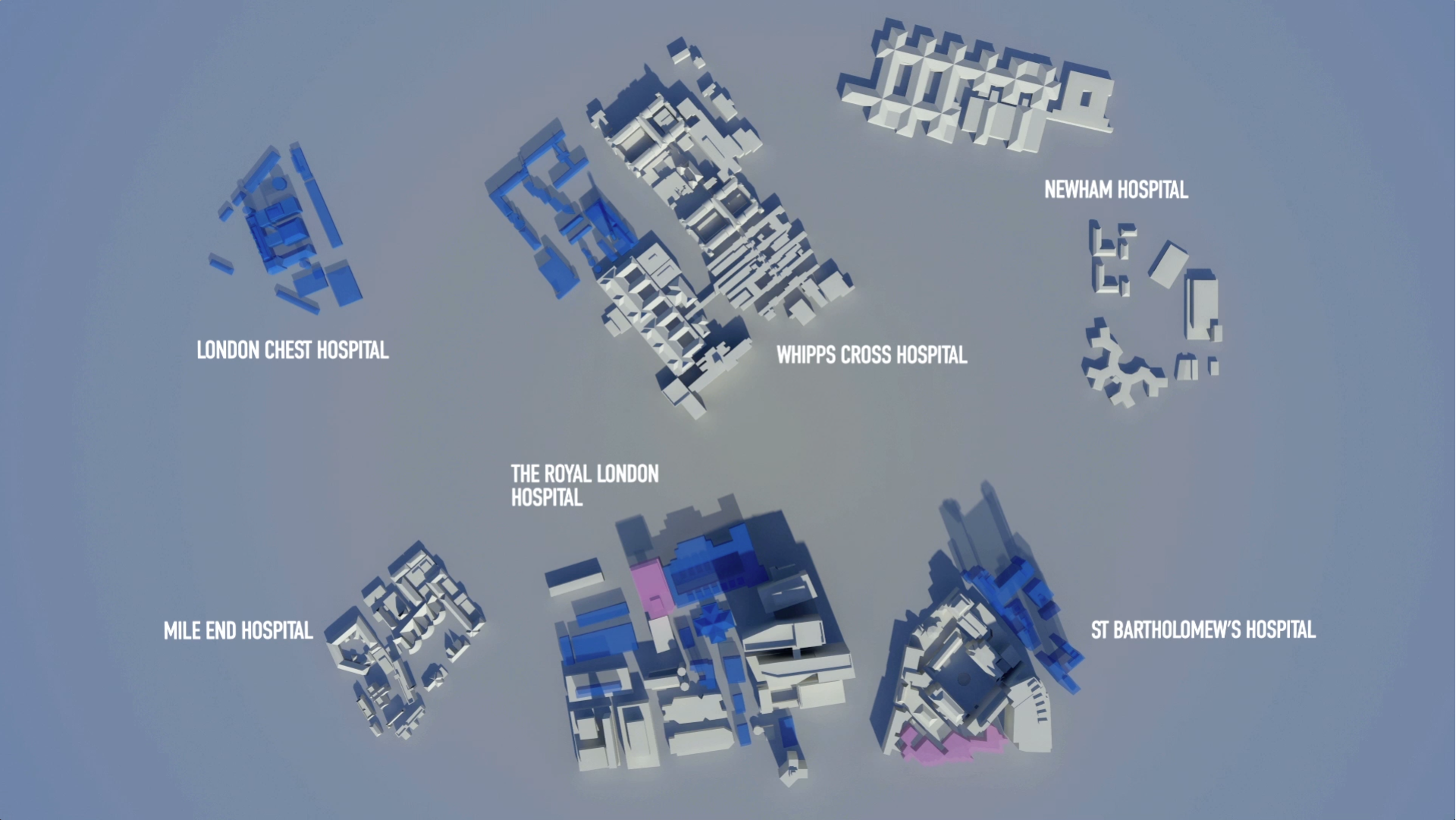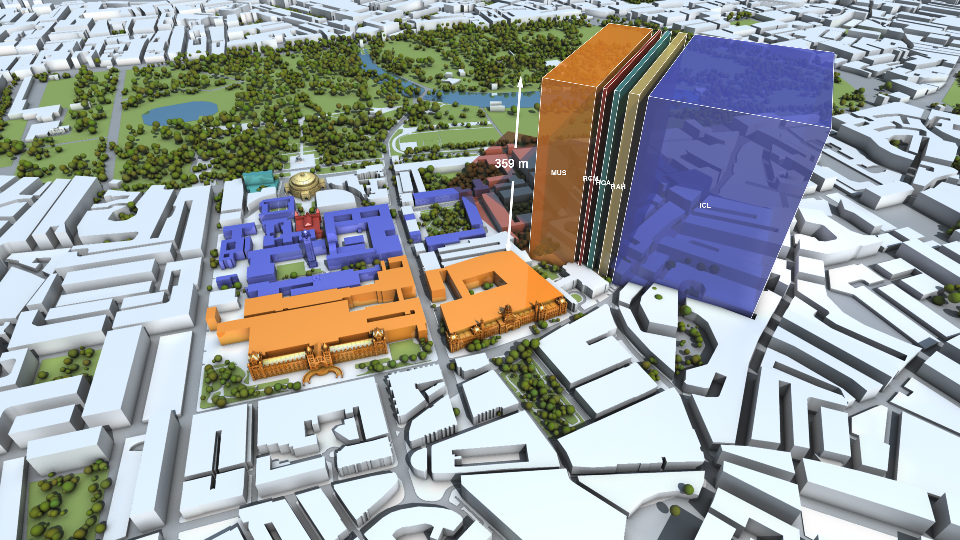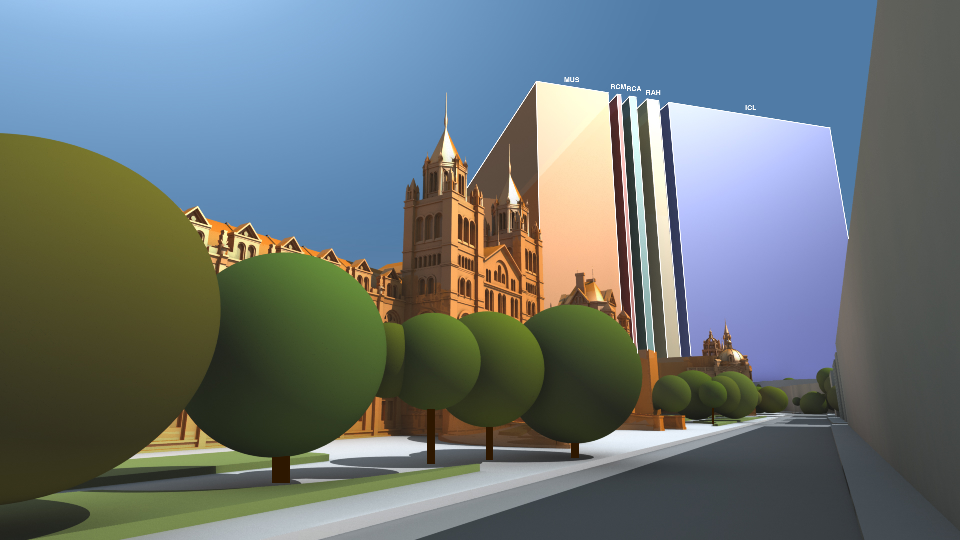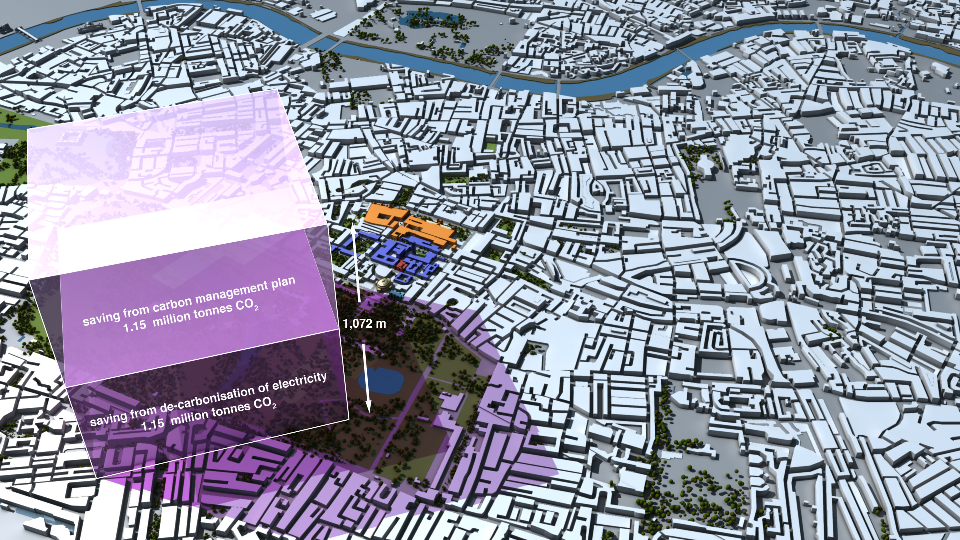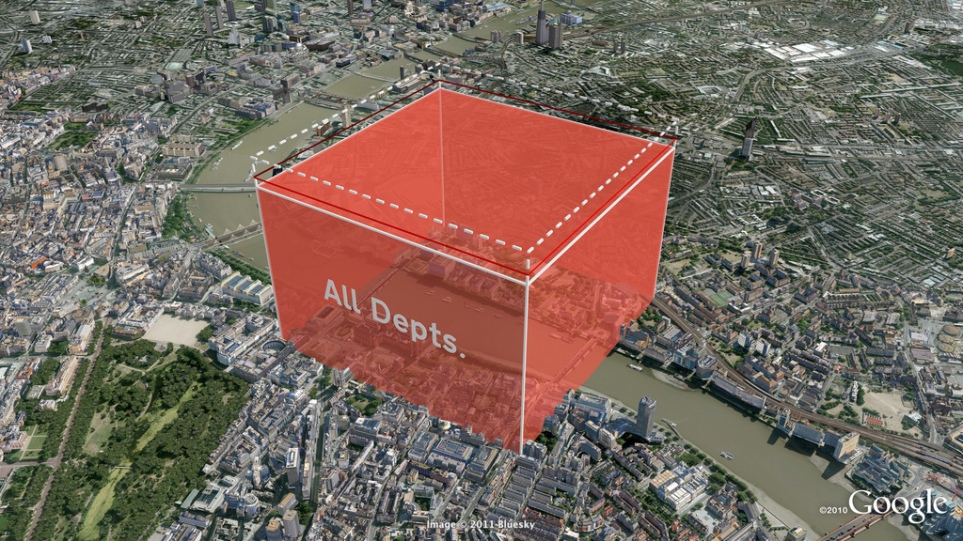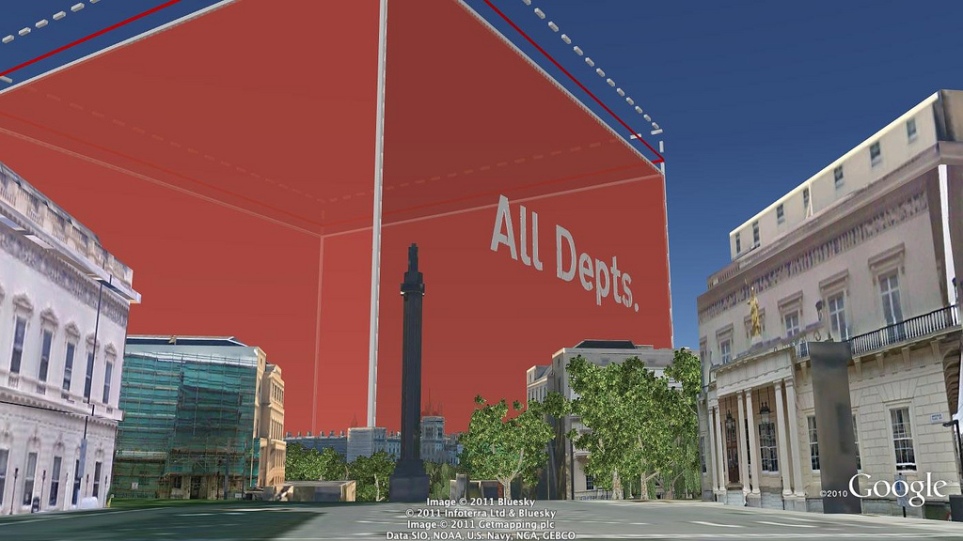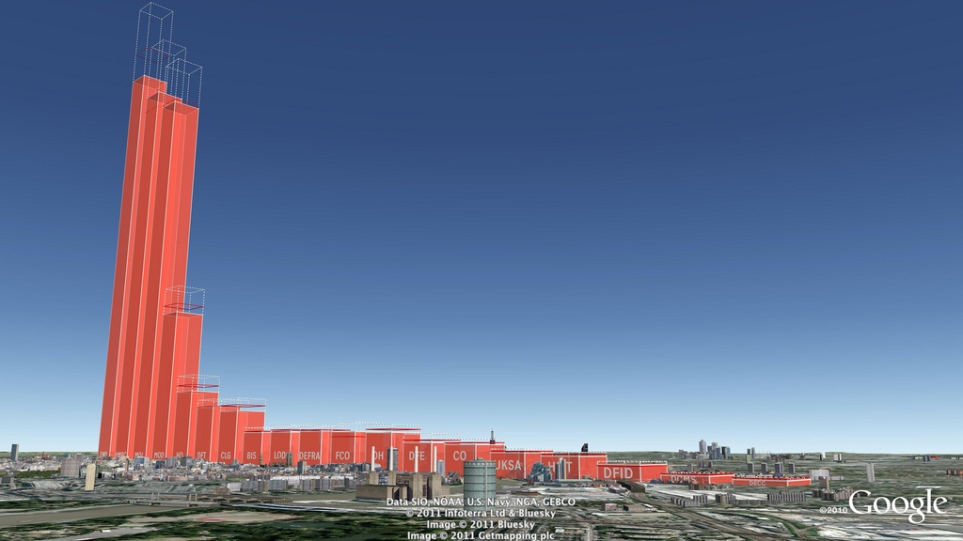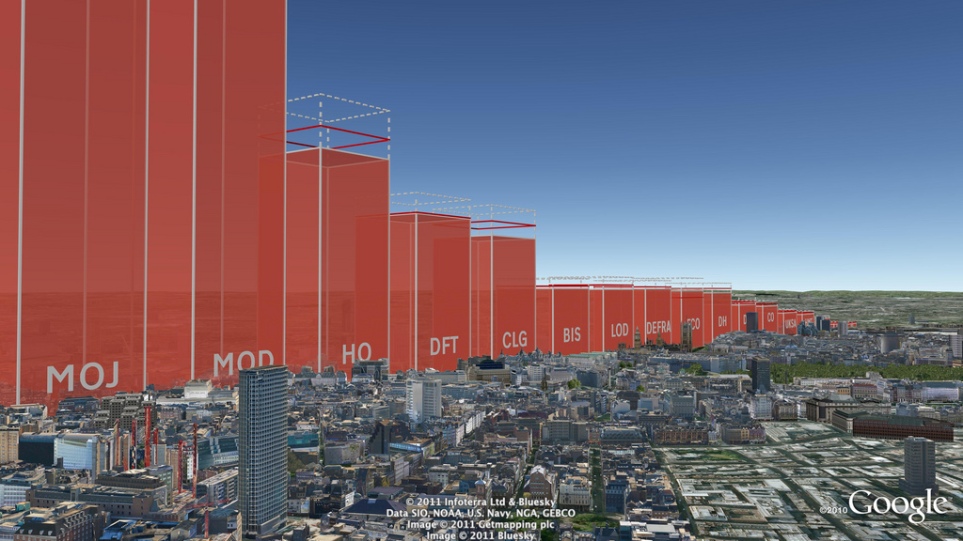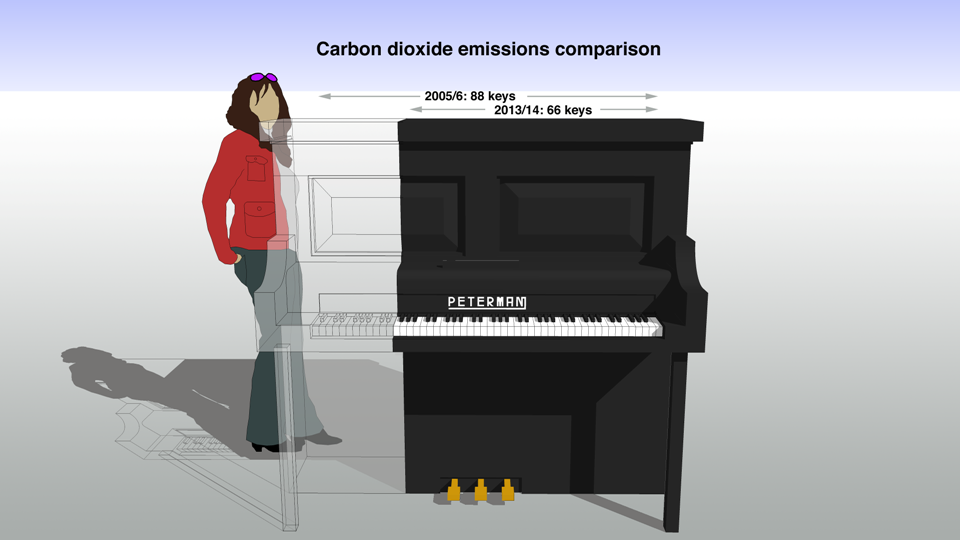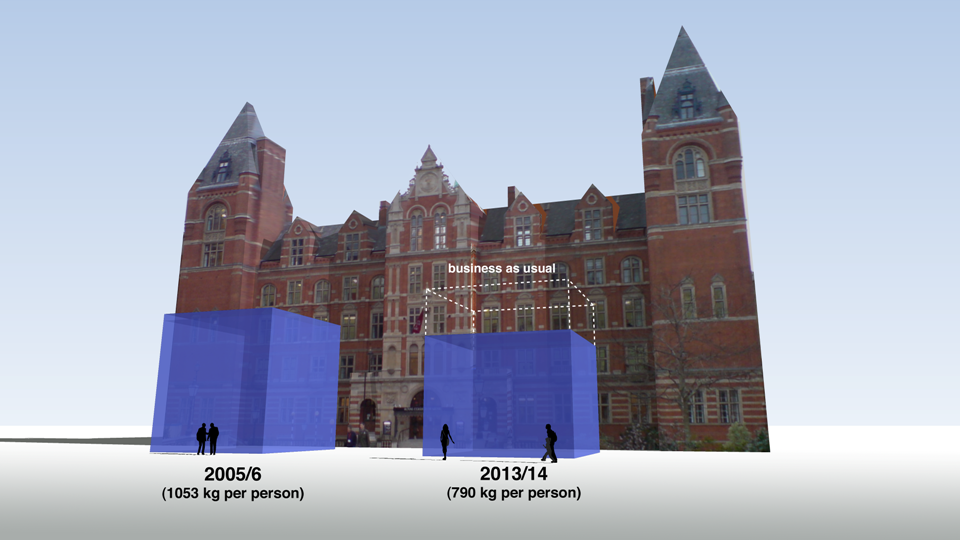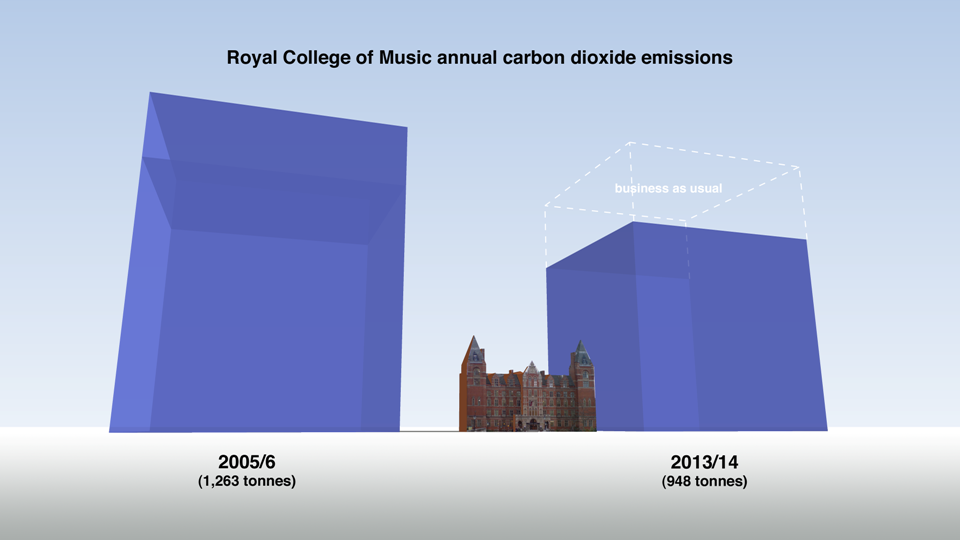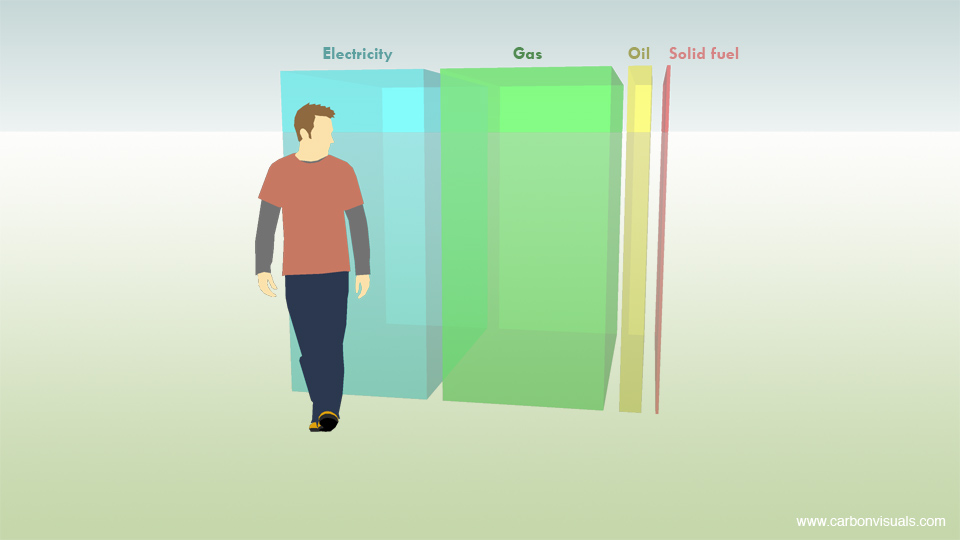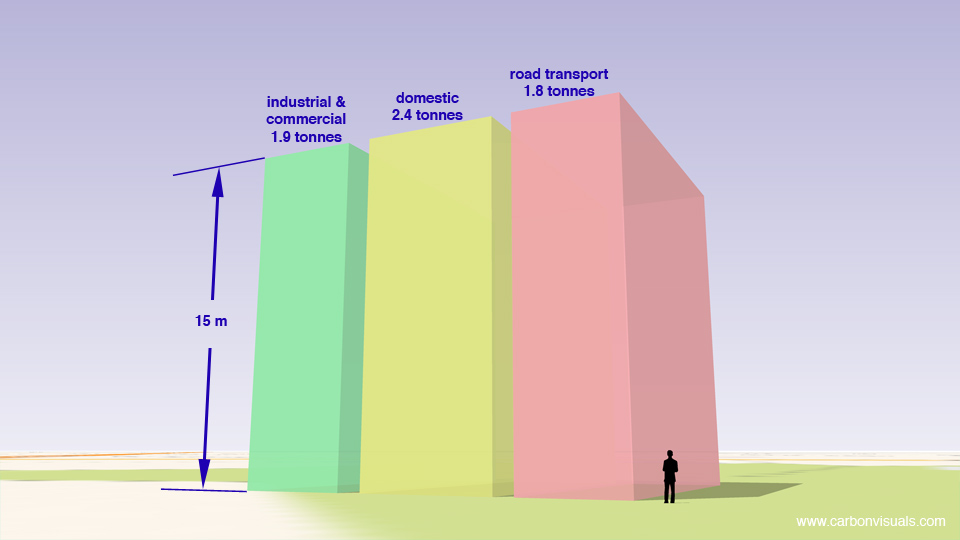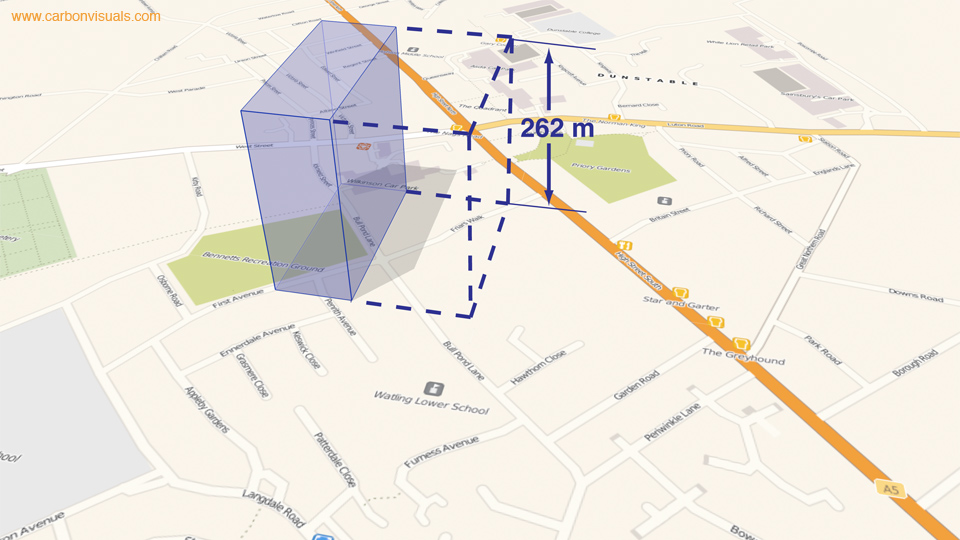CLIENT
Self-initiated
PURPOSE
To put visuals of real-time emissions into users hands.
DESCRIPTION
Development of an augmented reality app that reveals actual volumes of CO2 through a smart-phone or tablet screen.
How do you sell low or zero carbon products and services? As more and more companies are putting serious effort into developing products and services for the low-carbon future they face a communications challenge with consumers or B2B customers. How do you get across the benefits of low-carbon in a way that works?
Now there is a solution... an augmented reality app that reveals actual volumes of CO2 through a smart-phone or tablet screen.
We are pleased to announce that we are developing an app which allows viewers to ‘see’ the volumetrically accurate carbon emissions associated with household appliances, furnishings, vehicles, buildings, power stations... as real-time flows or bubble piles. Furthermore, using the app, sales teams and their potential customers will be able to compare services and products clearly showing the difference in emissions in the purchase of low-carbon options.
The ability to reach out to consumers through simple apps is very compelling.
Antony Turner, CEO Carbon Visuals
The ability to reach out to consumers through simple apps is very compelling. In addition we can design a complete sales solution around the app that engages and easily invites B2B or B2C customers to purchase low-carbon options.
Key features of the app include:
COMPARISON - shows the carbon footprint of products or services in comparison to your competitors
ACTUAL VOLUMES - demonstrates the actual volumes of CO2 as real-time streams or bubble piles / blocks
SHOW COSTS – combines with other important metrics e.g. costs
EASY-TO-USE - we work with your marketing team to create relevant and easy user interface within your sales campaigns
Versions are envisaged that highlight and compare low-carbon benefits of energy, vehicles, furnishings, building products etc.
For instance we can design a system for the green energy market where consumers are invited to buy energy that has a substantially lower carbon footprint than a fossil-fuel based energy mix. We envisage combining the technology with an elegant sales promotion campaign developed with the energy company's own marketing team.
Another example envisaged would be a version for use in car dealerships where new plug-in or eco-efficient cars are for sale. A simple set of questions about a customer’s existing car and journeys can allow the sales rep to immediately show the emissions associated with the 'old' car v the new model alongside financial savings.
Educational opportunities are limitless provided the data is available, and games-based versions could enable understanding of our 'high-carbon' world in a fun and sharable way.
To find out more about how this app could help your sales campaign, or to discuss other potential applications, please contact:
Antony Turner, CEO antony.turner@carbonvisuals.com

